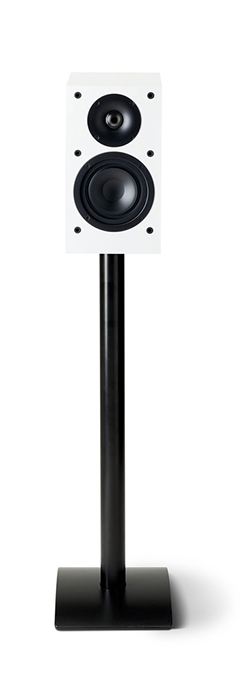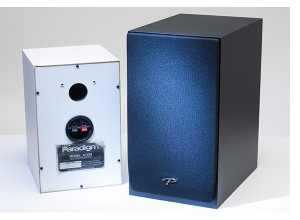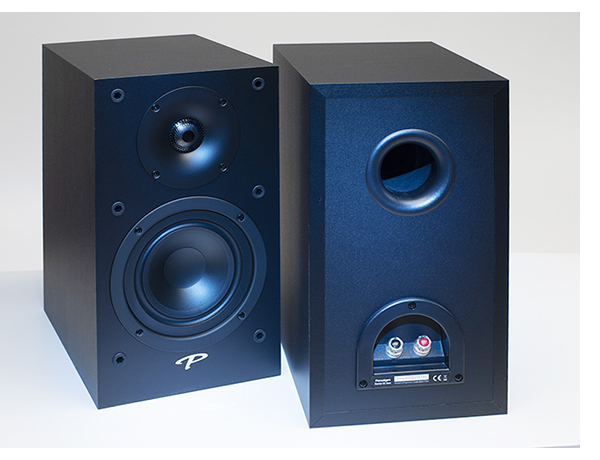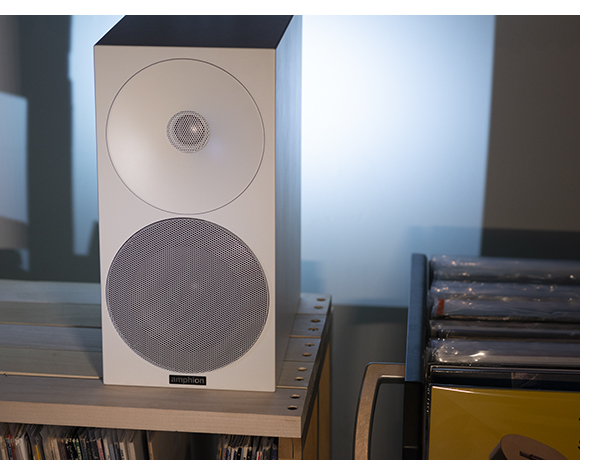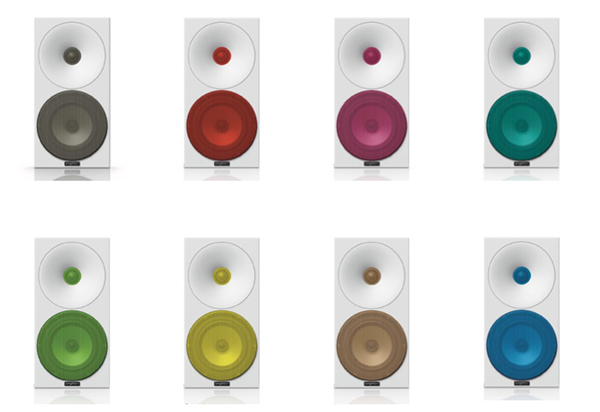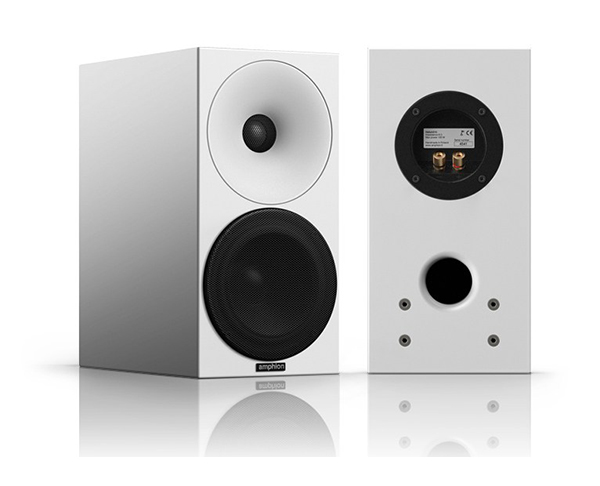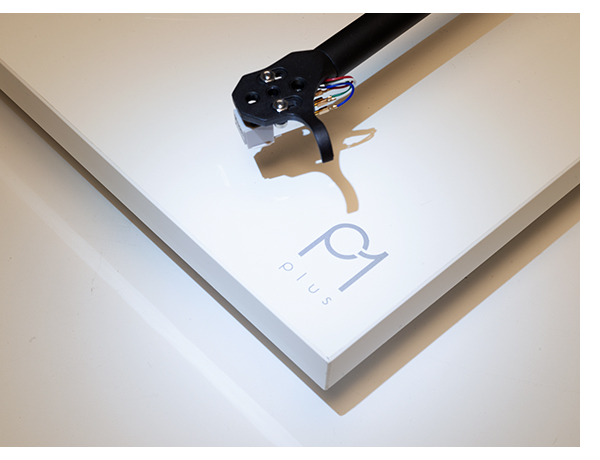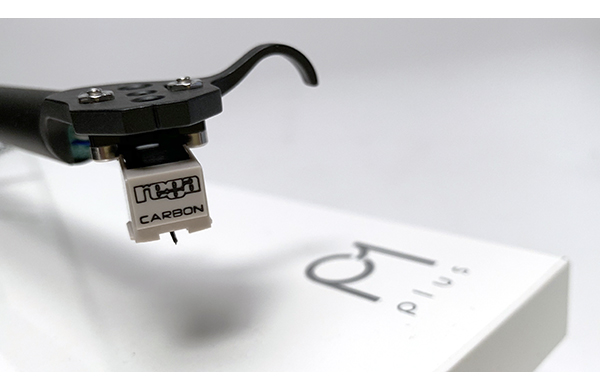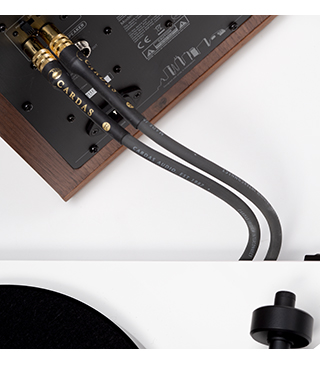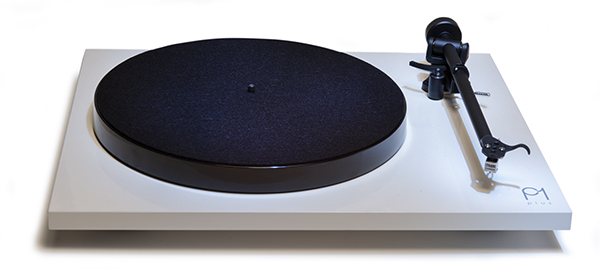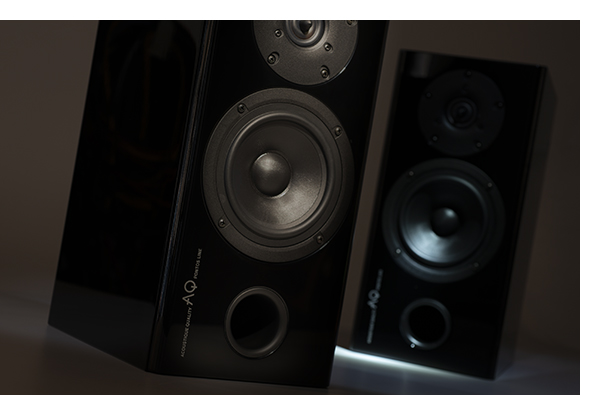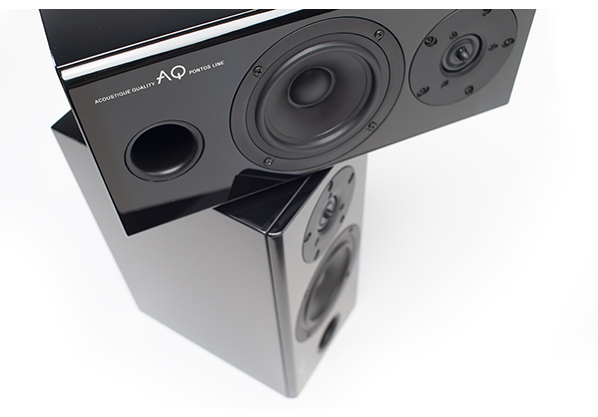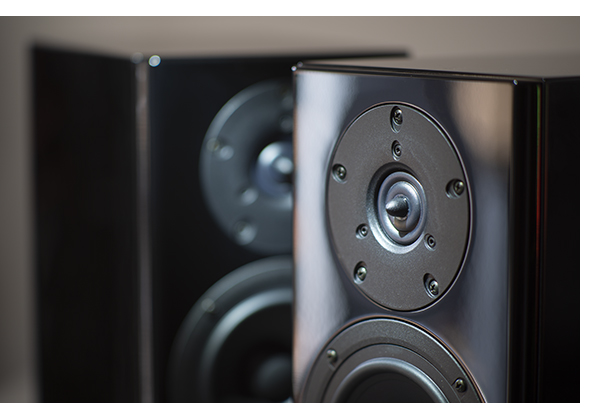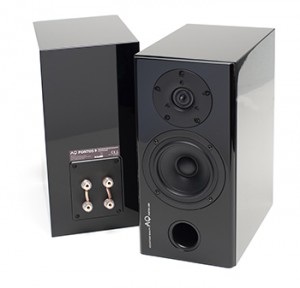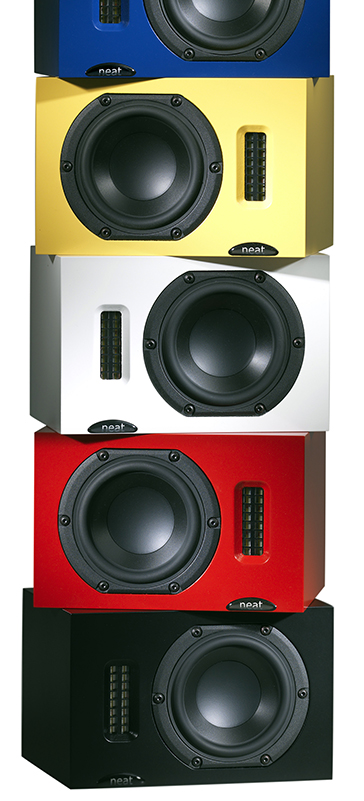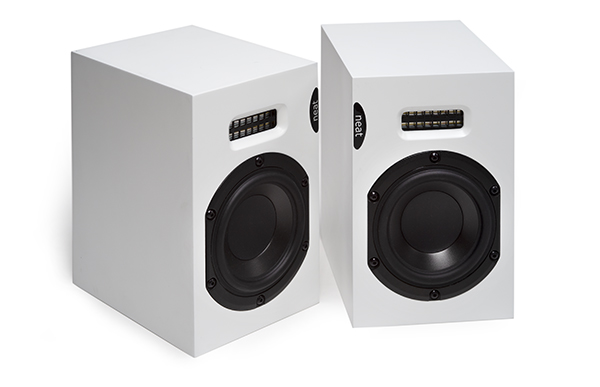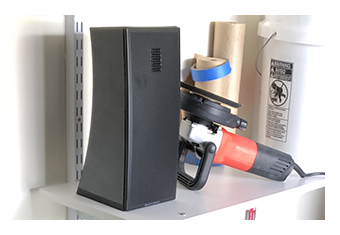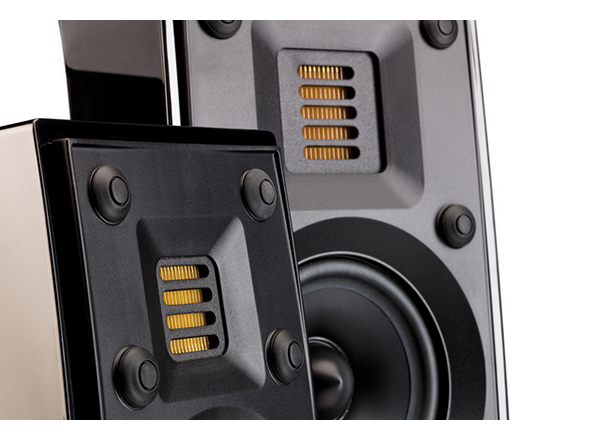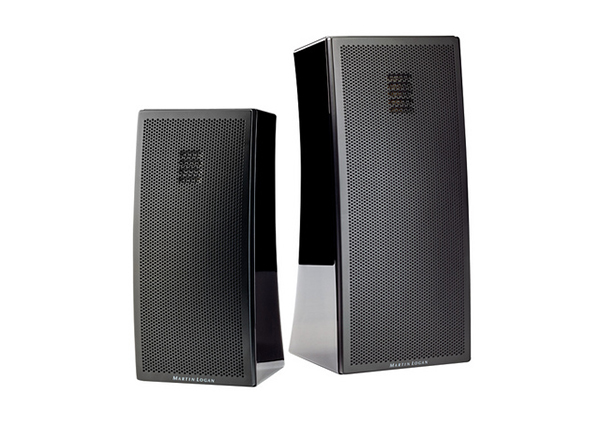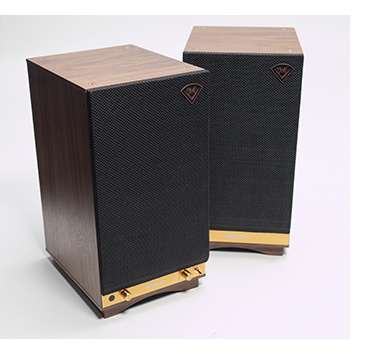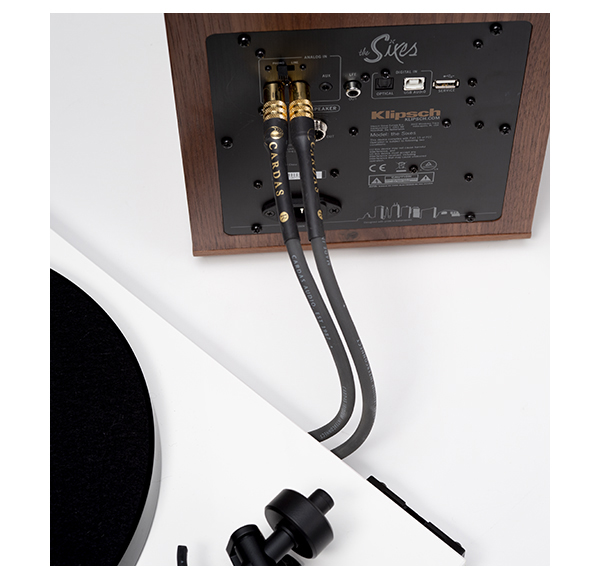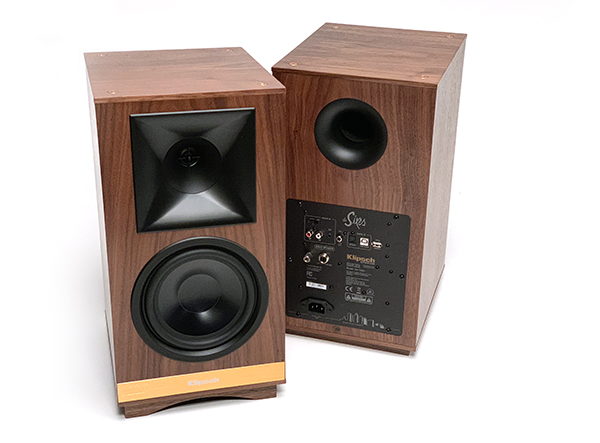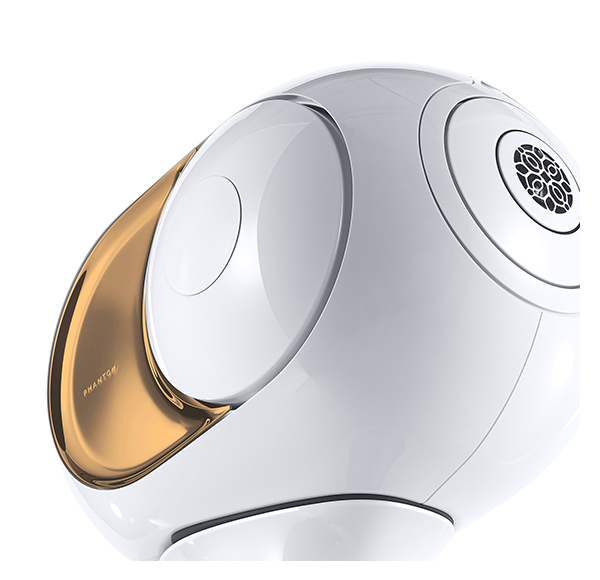 Devialet Is a French audio company that began making waves very soon after its introduction in 2007. Taking a fresh approach utilizing state of the art design and implementation of digital technology, there wasn’t anything like them at the time, or now for that matter.
Devialet Is a French audio company that began making waves very soon after its introduction in 2007. Taking a fresh approach utilizing state of the art design and implementation of digital technology, there wasn’t anything like them at the time, or now for that matter.
Packaging a cutting edge DAC, phonostage, preamplifier and power amplifier all in a gleaming chrome chassis no bigger than a stack of about 8 albums is pure genius. The audio press greeted these innovative designs with open arms and flowing adjectives. And, TONEAudio was the first publication in North America to get their hands on one.
In 2014, Devialet introduced the Phantom, a stand-alone streaming powered speaker, with a claimed frequency response of 14 Hz to 27 kHz and the ability to produce a 108 dB SPL at 1 meter. These lofty promises raised eyebrows, but in person, the Phantoms have proven time and again they can achieve discoteque levels without strain.
They also conjured a unique distribution network that blew the shackles off traditional high end audio retail chains of distribution. I first encountered the Phantom at the Museum of Modern Art store in my SOHO NYC neighborhood. Quite frankly, I didn’t know what to make of it. It certainly did not look like anything I’d seen before, and the pulsating, quivering bass drivers gave the Phantom a bio-organic life as if something out of the classic sci-fi film 2001: A Space Odyssey. Of course no judgement of the sound could be made in that environment, but it certainly was intriguing. The top of the line $2,990 4500-watt Phantom Gold, the subject of this review became available in 2117.
Mr. Holiday Cheer
In the fall of 2117 Devialet opened a SOHO flagship store. After a visit and a quick demo, I was still unconvinced. Not because it sounded bad, but it was saddled with such grandiose marketing hype, I still couldn’t quite reconcile it with what I was hearing in the commercial, unfamiliar space. But it was Christmas time and my wife had been hinting at a music solution that would eliminate the need for her to engage my reference system, requiring pushing multiple buttons and switches to get music to play. Not to mention avoiding the perils of dropping a stylus on a record, something she has no interest in at all.
I put a big red bow on the Phantom Gold and under the tree it went. Along with the tripod stand, the Phantom Gold found its place near the kitchen in our loft. Set up was a breeze and the music began to flow within minutes. I had no intention of a formal review at the time so there was no urgency to form a hardened opinion. That would work in the Phantom Golds favor as it allowed a protracted audition in a variety of circumstances and types music played.
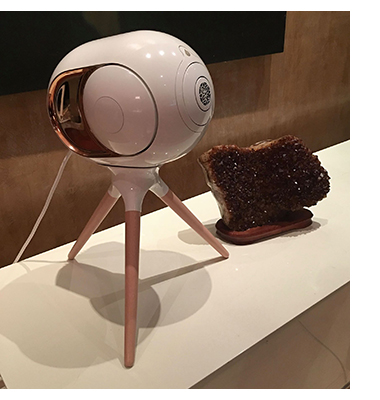 Leavin on a Jet Plane
Leavin on a Jet Plane
This past July we were invited to spend a week in Sonoma Valley California, and based on our last trip to the same home, we thought it would be cool to purchase the dedicated hard felt case for the Phantom and bring it along. At 25lbs, it’s not tossable, but it easily fit in the overhead bin. Before we knew it, we were unzipping the very effective case in the great room of the magnificent home, 4 miles up a mountain road overlooking all of Sonoma’s glory.
The first night in Sonoma was spent listening to the 6 speaker Sonos system that came with the home. It was OK, nobody complained. The next afternoon we fired up the Phantom Gold and that was the end of the Sonos, no contest. The three other couples staying at the home with us were floored at the sound. The music through the Phantom Gold debuted in the great room, and as the party moved to the massive patio, it was brought outside and pointed towards the seeming endless vista of the Sonoma Valley. With the long wall of the house becoming a huge baffle reinforcing the sound, the power and projection of the music seemed infinite. It struck us as if the sound could be heard miles away.
Power, bass extension, clarity and a lack of overall compression had the entire crew, now fully primed, if you know what I mean; bumping grinding and otherwise moving and grooving. I now knew I had to take this novel design more seriously and acquire a second Phantom in short order, subjecting it to the audiophile scrutiny I’d afford any high end piece of gear.
The Phantom Gold was a huge element in all having a wonderful time over the course of 7 days and nights. We all had our shot at choosing music we loved. From Zeppelin to the Beach Boys, to Prince, we all left with big smiles, and great memories.
Returning to Base
Upon our return, Alex from the SOHO Devialet store, arrived with a second Phantom Gold and dedicated floor stands. Syncing the pair for stereo operation was a cinch, and the stands took mere minutes to assemble. My wife and I were tunemeisters on a totally different level now, streaming our favorite selections from Spotify and TIDAL!
Let’s recap. A Single Phantom Gold carried across the country was a huge success, well worth the effort and way beyond what we all had expected, completely embarrassing what had to be an even more expensive Sonos system. As a result, new customers for the Phantom Gold were born.
But now, the $7K stereo pair finds itself in the lions den of a fairly jaded audiophile reviewer. Situated along the opposite wall of my main system, the minimal, wireless (save the power chords) duo faced down a $250K complex, state of the art system – a major juxtaposition. The review process was at first casual, a few tunes with the Phantoms punctuated by stretches playing along with my PRS DGT guitar. The more I listened the more my respect for the pair of Phantom Gold’s grew.
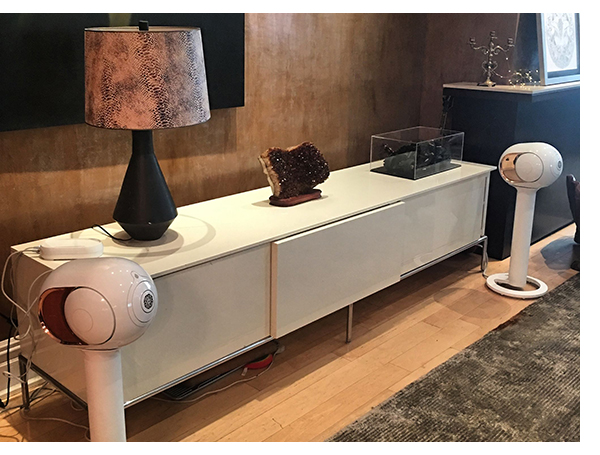 Judged at or near its price point, I cannot imagine a series of components that can match the frequency extension, dynamic ease, and see-through quantity provided by a pair of Phantom Golds. Don’t forget, they can easily be separated and used as stand alone music players in any room in the house and beyond. Up to 7 Phantom Golds can be strung together to fill every room in a mansion. No messy wires, fully tablet controllable, and they seem to be indestructible at even crazy lunatic SPL’s. Whatever minor shortcomings they might present compared to much pricier and far more complicated systems are quickly forgotten in favor of the unique strengths they offer.
Judged at or near its price point, I cannot imagine a series of components that can match the frequency extension, dynamic ease, and see-through quantity provided by a pair of Phantom Golds. Don’t forget, they can easily be separated and used as stand alone music players in any room in the house and beyond. Up to 7 Phantom Golds can be strung together to fill every room in a mansion. No messy wires, fully tablet controllable, and they seem to be indestructible at even crazy lunatic SPL’s. Whatever minor shortcomings they might present compared to much pricier and far more complicated systems are quickly forgotten in favor of the unique strengths they offer.
14 Hz as advertised?
As we don’t do measurements, that’s tough to substantiate. I did hear some incredibly deep bass notes with excellent clarity that did nothing to pollute the mid band. The Phantom Golds don’t punch me in the gut quite like my main reference system, but at the same time, they do not sound slow, lagging or confused. I’ve failed to mention my room is enormous measuring 33’ X60’ x 14’. That is a whole lot of air to move and the Phantom Gold does a very good job at filling and pressurizing the space with effortless sound. They simply sound much bigger than their small size would lead you to believe.
The overall sonic signature is not unlike my Sonus faber Pryma headphones that I love. Warmth through the mid bass and lower mid-band, and inviting smoothness through the upper midrange and treble. They communicate the music in a very enjoyable and easily digestible form. The Prymas are to my Sonoma Acoustics electrostatic Model1 headphone system as the Phantom Gold’s are to my reference system. Very different approaches aimed at very different customers that none the less delivering the musical goods in a most enjoyable fashion.
Final Observations
Imaging is fantastic with the Phantom Golds, whether in the sweet spot or milling around the room, feeling much more omnidirectional than most traditional speakers. Complicated, dense mixes come through with clarity and ease, never sounding congested or any segment of the music overwhelming the presentation. Center images are solid and focused. Depth is very well preserved and recorded space is nicely portrayed. And again, these speakers play loud with no strain. The technology employed includes a protection circuit that prevents damage – an excellent thing for the head bangers in the audience. All kidding aside, this can be a life saver when calling upon the Phantoms to do theater duty.
Watching action packed faire, such as Star Trek-Generations, The Matrix, 5thElement, and someGame of Thrones binging, the pair does an excellent job delivering the necessary dynamic range and sonic nuance to bring your video to life. Those moving up from a sound bar, or even sound bar and subwoofer will be floored by the additional musicality the Phantoms bring.
With the Phantom Gold, Devialet has created a flexible, expandable nearly indestructible, musical product housed in a form that will spark more conversation than anything you are likely to have in your home. I do prefer the overall look on the tripod rather than the floor stands, but that is placement, use, and space dependent. If you value a product that delivers musical and engaging sound in a easy to use and portable form, and can do without the last bit of audiophile nuance, the Devialet Phantom Gold is a stunning achievement visually and sonically.
** Ed. Note: Location photos courtesy of Mr. Petan
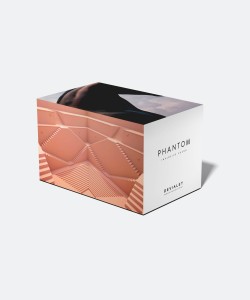 A wise purchase indeed.
A wise purchase indeed.
Please click here to view the Phantom Gold at the Devialet website



